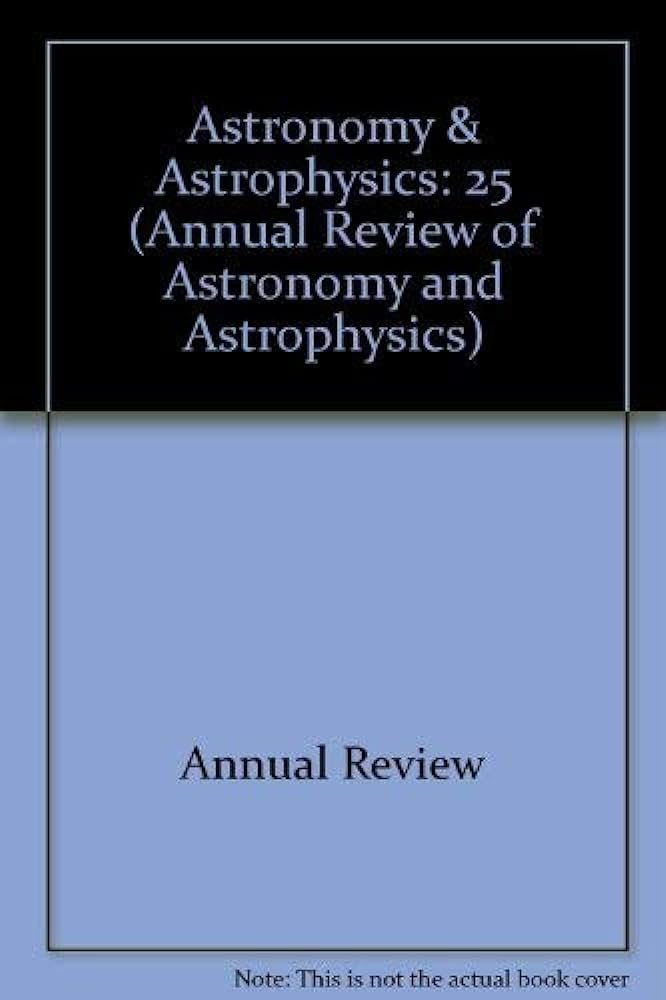Exoplanetary Atmospheres: Key Insights, Challenges, and Prospects
IF 32.5
1区 物理与天体物理
Q1 ASTRONOMY & ASTROPHYSICS
Annual Review of Astronomy and Astrophysics
Pub Date : 2019-04-05
DOI:10.1146/annurev-astro-081817-051846
引用次数: 150
Abstract
Exoplanetary science is on the verge of an unprecedented revolution. The thousands of exoplanets discovered over the past decade have most recently been supplemented by discoveries of potentially habitable planets around nearby low-mass stars. Currently, the field is rapidly progressing toward detailed spectroscopic observations to characterize the atmospheres of these planets. Various surveys from space and the ground are expected to detect numerous more exoplanets orbiting nearby stars that make the planets conducive for atmospheric characterization. The current state of this frontier of exoplanetary atmospheres may be summarized as follows. ▪ We have entered the era of comparative exoplanetology thanks to high-fidelity atmospheric observations now available for tens of exoplanets. ▪ Recent studies reveal a rich diversity of chemical compositions and atmospheric processes hitherto unseen in the Solar System. ▪ Elemental abundances of exoplanetary atmospheres place important constraints on exoplanetary formation and migration histories. ▪ Upcoming observational facilities promise to revolutionize exoplanetary spectroscopy down to rocky exoplanets. ▪ The detection of a biosignature in an exoplanetary atmosphere is conceivable over the next decade. In the present review, we discuss the modern and future landscape of this frontier area of exoplanetary atmospheres. We start with a brief review of the area, emphasising the key insights gained from different observationalmethods and theoretical studies. This is followed by an in-depth discussion of the state of the art, challenges, and future prospects in three forefront branches of the area.系外行星大气:关键见解、挑战和前景
系外行星科学正处于一场前所未有的革命的边缘。在过去十年中发现的数千颗系外行星,最近又发现了附近低质量恒星周围可能适合居住的行星。目前,该领域正在迅速发展到详细的光谱观测,以表征这些行星的大气层。来自太空和地面的各种调查预计将探测到更多围绕附近恒星运行的系外行星,这些行星有利于大气特征的描述。系外行星大气这一前沿领域的现状可以概括如下。▪由于对数十颗系外行星的高保真大气观测,我们已经进入了比较系外行星学的时代。最近的研究揭示了迄今为止在太阳系中从未见过的丰富多样的化学成分和大气过程。▪系外行星大气的元素丰度对系外行星的形成和迁移历史构成了重要的限制。▪即将到来的观测设施有望彻底改变系外行星光谱,直至岩石系外行星。▪在未来十年内,可以想象在系外行星大气中探测到生物特征。在这篇综述中,我们讨论了系外行星大气这一前沿领域的现代和未来景观。我们首先对该领域进行简要回顾,强调从不同的观测方法和理论研究中获得的关键见解。接下来是对该领域三个前沿分支的现状、挑战和未来前景的深入讨论。
本文章由计算机程序翻译,如有差异,请以英文原文为准。
求助全文
约1分钟内获得全文
求助全文
来源期刊

Annual Review of Astronomy and Astrophysics
地学天文-天文与天体物理
CiteScore
54.80
自引率
0.60%
发文量
14
期刊介绍:
The Annual Review of Astronomy and Astrophysics is covers significant developments in the field of astronomy and astrophysics including:The Sun,Solar system and extrasolar planets,Stars,Interstellar medium,Galaxy and galaxies,Active galactic nuclei,Cosmology,Instrumentation and techniques,
History of the development of new areas of research.
 求助内容:
求助内容: 应助结果提醒方式:
应助结果提醒方式:


